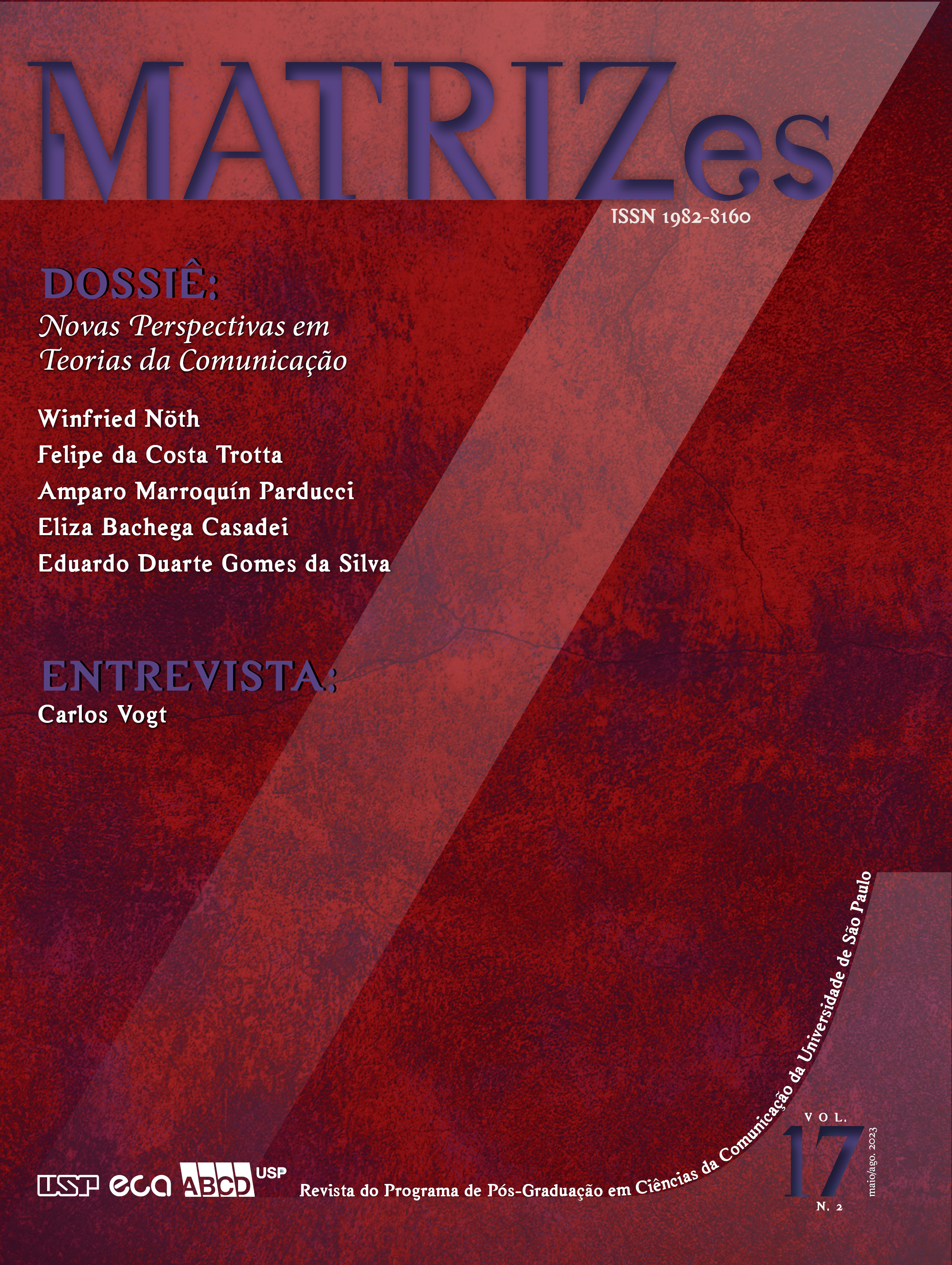Relations between science and culture: 20 years of the Spiral of Scientific Culture
DOI:
https://doi.org/10.11606/issn.1982-8160.v17i2p121-132Keywords:
science communication, scientific culture, open science, open accessAbstract
The interaction between different social actors who produce and consume scientific information, encode and decode these languages to make communication effective, in addition to the specificities of these relationships, are represented in the Spiral of Scientific Culture, a science communication model that linguist Carlos Vogt developed 20 years ago. Rethinking the spiral from the emergence of Covid-19, a new respiratory disease causing a global public health crisis, makes us think about the relevance of the circulation of scientific information in the public sphere, and also about the way knowledge has been appropriated and has been continuously developed between science and society. Vogt has been working for three decades promoting science communication in Brazil. At his 80th birthday, celebrated in February this year, he has been tireless to work on ambitious and pioneering projects aimed at expanding public access to scientific knowledge. In this interview, Vogt takes up the concept of the Spiral of Scientific Culture in light of the new connections established between science and society within the pandemic landscape, when there was an expansion of public access to scientific information.
Downloads
References
Vogt, C. (2003). A Espiral da Cultura Científica. ComCiência, 72. https://www.comciencia.br/dossies-1-72/reportagens/cultura/cultura01.shtml
Vogt, C. (2010). Ciência e bem-estar cultural. ComCiência, 119. http://comciencia.scielo.br/pdf/cci/n119/a01n119.pdf
Vogt, C. (2012). The spiral of scientific culture and cultural well-being: Brazil and Ibero-America. Public understanding of science, 21(1), 4–16. https://doi.org/10.1177/0963662511420410.
Vogt, C., MORALES; A. P. (2017). Espiral, cultura e cultura científica. ComCiência, 191. https://www.comciencia.br/espiral-cultura-e-cultura-cientifica/
Ziman, J. (2001). Getting scientists to think about what they are doing. Science and Engineering Ethics, 7(2), 165–76. https://doi.org/10.1007/s11948-001-0038-2
Downloads
Published
Issue
Section
License
Copyright (c) 2023 Germana Fernandes Barata, Mariana Hafiz, Monique Oliveira

This work is licensed under a Creative Commons Attribution-NonCommercial-ShareAlike 4.0 International License.
Authors who publish in this journal agree to the following terms:
- Authors retain the copyright and grant the journal the right to first publication, with the work simultaneously licensed under the Creative Commons Attribution License (CC BY-NC-SA 4.0) which allows sharing of the work with acknowledgment of authorship and initial publication in this journal for non-commercial purposes.
- Authors are authorized to assume additional contracts separately, for non-exclusive distribution of the version of the work published in this journal (eg, publishing in institutional repository or as a book chapter), with acknowledgment of authorship and initial publication in this journal.
How to Cite
Funding data
-
Fundação de Amparo à Pesquisa do Estado de São Paulo
Grant numbers 2021/07577-8






















